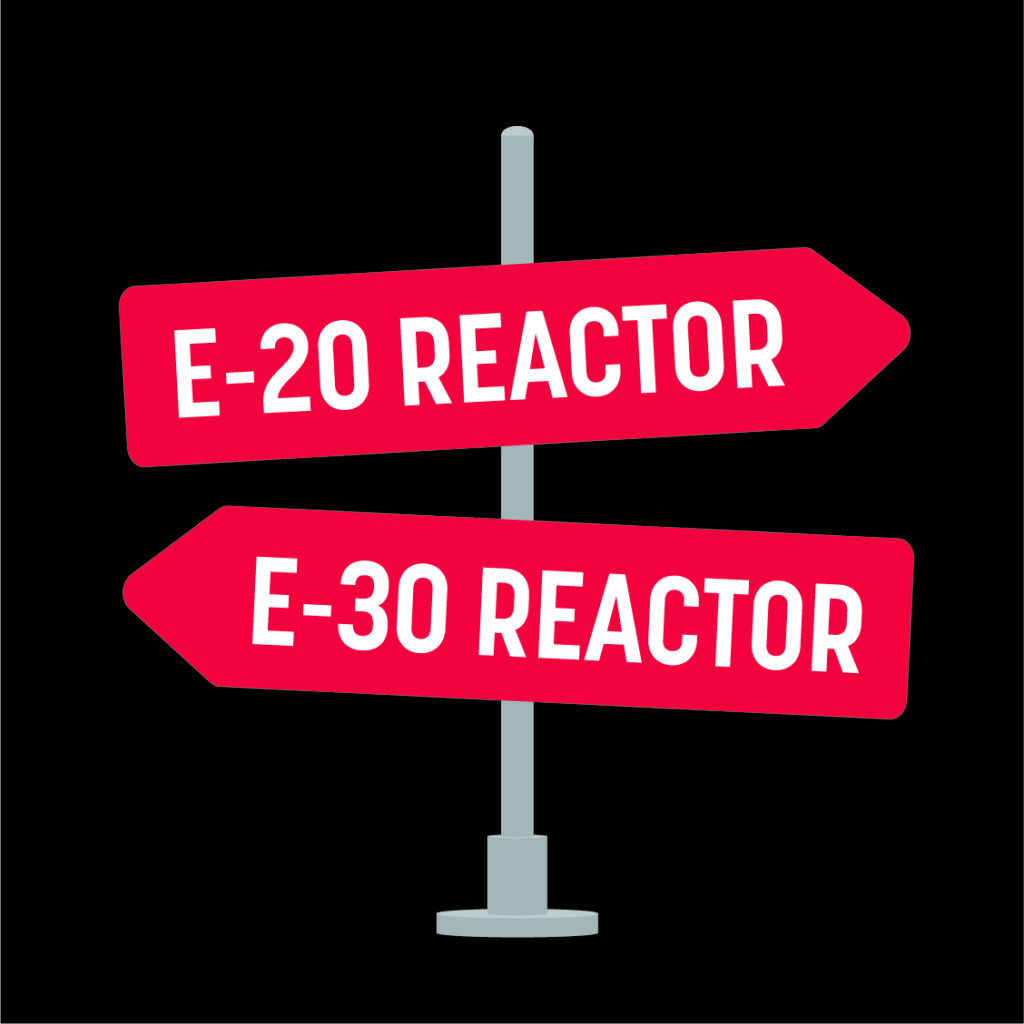Nick Carriere
You’ve made the decision to attend training and/or begin offering concrete raising, but now you’re faced with the question, “What HMI polyurethane trailer system is right for me?” There are various factors you’ll want to consider when choosing between HMI’s Polypro 20 and Polypro 30 systems. What are the differences and which better suits your goals? A common misconception when considering the equipment options is that a larger system is required to complete larger, heavier lifts. The system being used is nothing more than the equipment needed to heat, pressurize, mix, and deliver the material. The system itself has no bearing on the lifting capabilities. That is determined by the foam installed. Smaller, lighter slabs may use a quicker reacting, lower density foam. While large, heavy slabs may use a slower reacting foam with a higher density. Both the PolyPro 20 and PolyPro 30 systems can install any of HMI’s foams, meaning either system can perform any project you may encounter.
The PolyPro 20 and PolyPro 30 systems are very similar, but have some key differences to consider. Both are self-contained systems designed for raising concrete with a dual-component polyurethane foam. They both install the same material, using the same patented EliteONE injection gun, and can complete the same projects. So, where do they differ? When comparing these two systems, you’ll want to consider volume capabilities, hose reach, equipment involved and the vehicle options associated, and price point.
The main difference between these two systems is the volume of material they can install. The PolyPro 20 uses a 20 pound per minute proportioner, while the PolyPro 30 uses a 30 pound per minute proportioner. Meaning the PolyPro 30 can install 10 pounds per minute more than the PolyPro 20. This difference may seem inconsequential, but when you consider the scope of the work available in the concrete raising and stabilization markets, 10 pounds per minute can be all the difference. Picture an interstate roadway needing multiple miles of slabs raised and joints stabilized. This can require hundreds of thousands of pounds of polyurethane. Now, imagine being able to install that quantity of material at a rate of 10 pounds per minute more. This can eliminate hours of work, saving you time and money on wages.
Another factor to consider is the reach of the heated hose in the system. The PolyPro 20 system can pump through a maximum of 210’ of hose and the PolyPro30 can pump through up to 310’ of hose. In the residential market, 210’ of hose is typically more than enough. However, do you foresee raising a lot of settled pool decks or repairing seawalls in backyards where an additional 100’ of hose reach can be the difference between landing the project and having to pass due to an inability to access the worksite?
Now, you may be asking yourself, “Why wouldn’t I just go with the PolyPro 30 system that can pump more pounds of material per minute and reach farther?” Well, there’s a few more factors to consider. The PolyPro 30 uses a larger reactor than the PolyPro 20 system which requires a larger, diesel generator to power in comparison to the smaller, gas generator in the PolyPro 20 system. These larger components require more available space and payload capacity in the vehicle the system will be installed in. Because of this, the PolyPro 30 system requires a larger 16’ trailer with larger axles or to be installed into a box truck of ample size. This eliminates the possibility of operating out of a van, such as a Ford Transit or Mercedes Sprinter. The PolyPro 20 system can be installed into a 14’ trailer with a lower axle rating, a box truck, or a van. This gives you more options when considering the market you’ll be working in. If working in a higher trafficked city, operating out of a trailer can become difficult. The larger footprint of the trailer/truck combination can make it more difficult to maneuver in highly trafficked areas or find parking where parking is at a premium. In these market types, the ability to operate out of a van can be priceless due to the convenience it provides.
The last factor to consider is the difference in price point of the equipment when starting a new concrete raising business or adding the service to an existing company. As previously mentioned, the PolyPro 30 system has a larger reactor, larger diesel generator, and requires a larger vehicle to operate out of. All of these factors drive the equipment cost above that of the PolyPro 20 system. Also mentioned earlier is that these systems can perform the same work. So, does the larger investment of the higher volume PolyPro 30 system make sense if you’re focusing solely on the residential market or do you feel that the PolyPro 20 system may limit you if your future goals include entering into the commercial and/or DOT markets?
Simply call Jason or Nick at HMI and let us answer your questions and help you in determining the right system for you.

